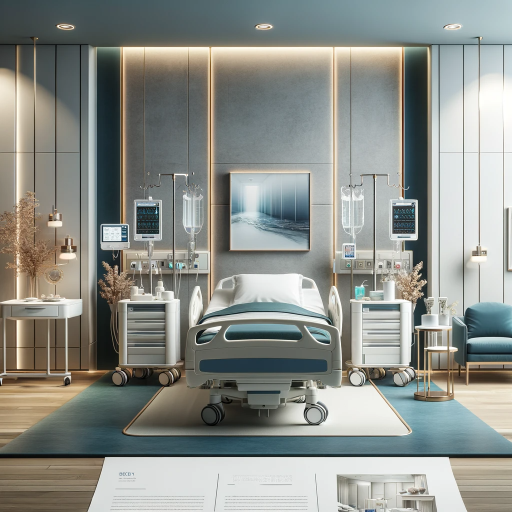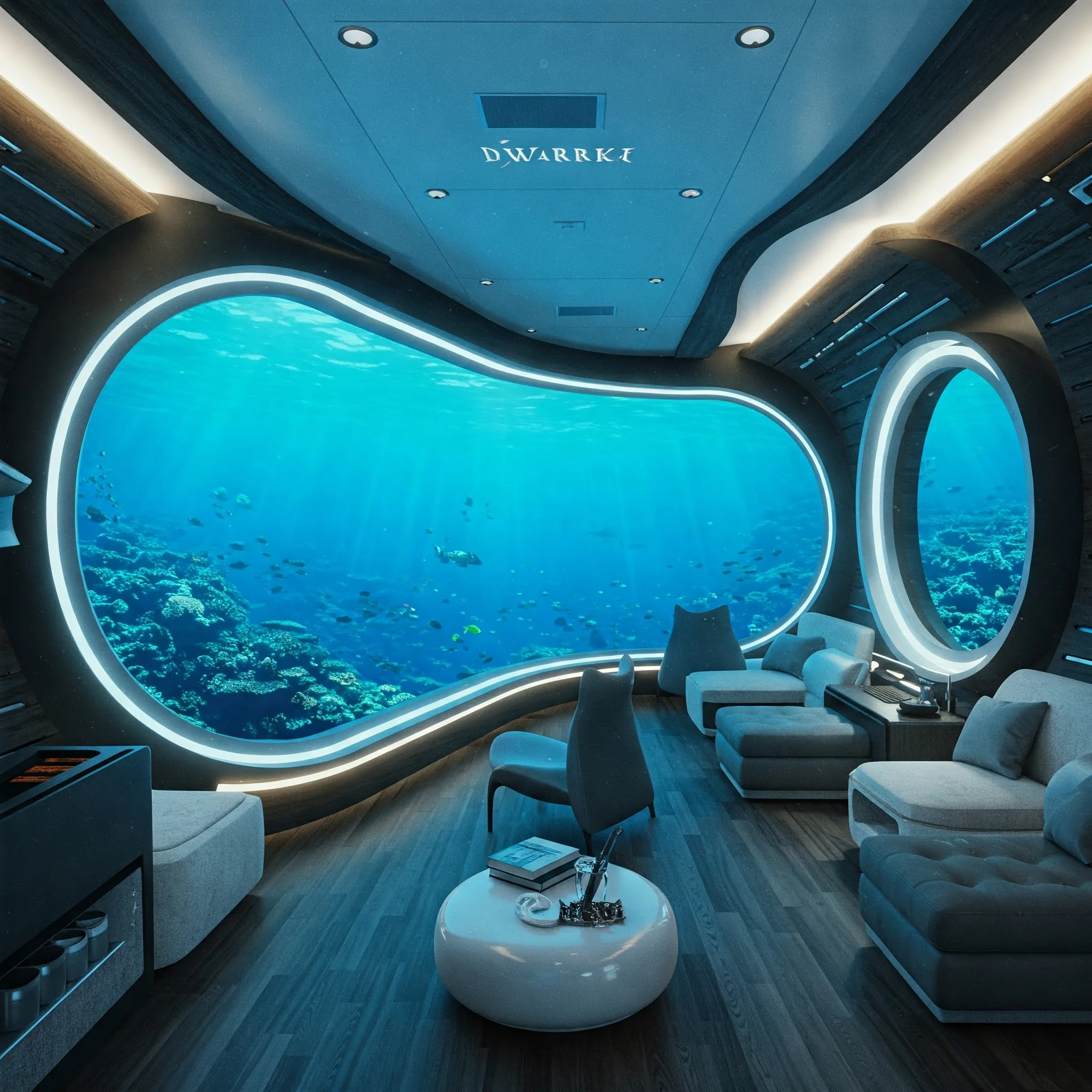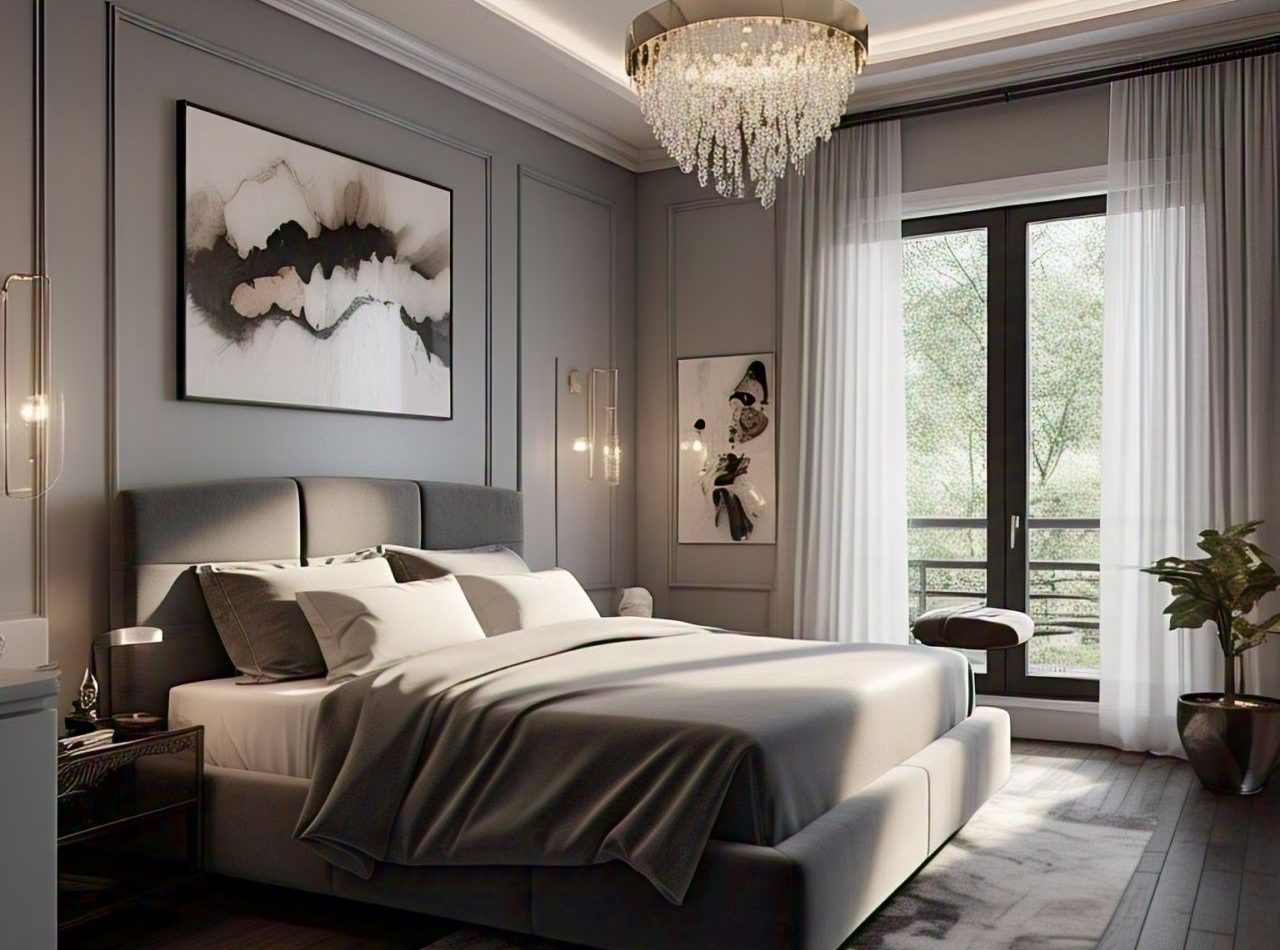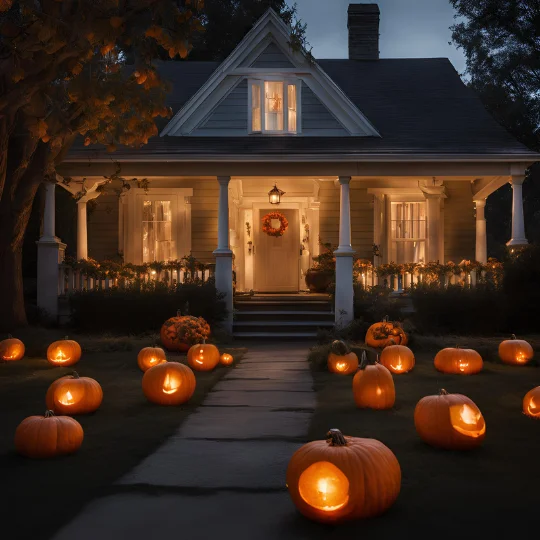Have you ever stayed at a hotel or lodge that was more of an adventure than a place to sleep? What made it stand out: the modern furniture, the beautiful views, the technology that made things easier, or maybe the unique cultural touches that made you feel like you belonged there?
It’s more important than ever to create a great experience through hospitality interior design in today’s competitive luxury tourist market. How do businesses in the hospitality industry keep up with fast-changing trends while still offering a unique and welcoming space that appeals to a wide range of customers?
13 Best Hospitality Interior Design Ideas
These trends showcase not only what’s in style but also how companies can mix frivolity with functionality, eco-friendliness with opulence, and new ideas with traditional ones. If you work in the hospitality business or simply enjoy design, these trends will help you create memorable spaces for guests.
Challenges in Hospitality Interior Design
Changing Guest Expectations
- Meeting High Standards: Guests today want immersive, luxurious, and culturally relevant experiences. They look for designs that evoke emotion and leave lasting memories.
- Balancing Modern and Traditional: Successfully combining modern elements with traditional values creates a sense of place and belonging.
- Understanding Global Tastes: Offering a unique experience while accommodating a diverse range of international guests is a constant challenge.
Sustainability Concerns
- Eco-Friendly Solutions: Using sustainable materials, reducing waste, and incorporating energy-efficient designs is now a necessity.
- Balancing Luxury and Sustainability: Maintaining a high-end look while adopting environmentally responsible practices can be challenging.
- Innovative Designs: The key is to find creative ways to integrate eco-friendly elements without compromising quality.
Integrating Technology
- Enhancing Guest Experience: Technology like voice-activated systems and automated controls are now integral to hospitality spaces.
- Maintaining Aesthetic Appeal: Incorporating technology seamlessly into designs without disrupting the ambiance is crucial.
- Contactless Experiences: Features like touchless check-ins and personalized digital services are becoming standard.
Embracing Cultural Background
- Celebrating Local Heritage: Incorporating traditional design elements, patterns, and materials enhances the cultural connection.
- Blending Global Trends with Local Identity: Successfully merging international trends with local customs creates spaces that feel authentic and contemporary.
Top Trends in Hospitality Interior Design
1. Beautiful Simplicity
Understated elegance brings together luxury and simplicity. The spaces have clean lines, marble floors, and gold accents, and the plans are simple and sophisticated.
2. Sustainability in High-End
Eco-friendly designs use a lot of recycled wood, materials that are grown nearby, and smart lights. These traits combine caring for the environment with high-class living.
3. Using Technology and Smart Spaces Together
With IoT systems, voice-activated controls, and automatic features, modern technology makes things more comfortable. Guests have a smooth and easy stay the whole time.
4. Bringing Culture and Modernity Together
Patterns and shapes that are traditionally used are rethought and used in modern places. Stone and wood from the area add a culture touch to modern rooms.
5. Design That is Biophilic
Indoor plants, water features, and lots of natural light are all inspired by nature and help to create relaxing spaces that feel like they are outside.
6. Places That Focus on Art
Carefully curated art collections and statement pieces make every room unique. Digital displays show off local art, giving visitors a full culture experience.
7. Common Areas with More Than One Use
The common areas are flexible, with places to work, relax, and hang out with other people. These flexible rooms are easy to turn into places for events.
8. Customized Experiences for Each Guest
Rooms are customized to each guest’s needs, with options like family-friendly rooms and wellness-focused areas. Personalization makes sure that every person feels right at home.
9. Bold Platonic Ideals
Dramatic designs have bold contrasts, bright colors, and lots of different textures. Lighting that makes a statement and expensive fabrics add to the rich look.
10. Designs That Focus on Wellness
Wellness is a top priority in bathrooms that look like spas, meditation rooms, and exercise areas. The peaceful and healing atmosphere is helped by natural factors.
11. Lighting Solutions That Change
LED lights that can be adjusted and beautiful lamps are used in the spaces. Adding natural light improves the atmosphere and goes well with the interior style.
12. Spaces Outside and on Roofs
There are lounges outside, infinity pools, and dining places on the roof with views that take your breath away. In open air settings, these places offer unique experiences.
13. Design with Sensory
Scents and sounds that have been carefully chosen create multidimensional experiences. Guests will remember these special touches for a long time.
Making the Most of These Trends
- Hire Experienced Designers: Work with professionals familiar with both global and local trends.
- Focus on Brand Identity: Implement trends that align with your brand’s personality and budget.
- Incorporate Guest Feedback: Regularly update designs based on guest preferences and industry developments.
Conclusion
By adopting these 13 trends in hospitality interior design, you can create luxurious, functional, and memorable spaces that elevate the guest experience. Prioritizing innovation, sustainability, and cultural relevance will help you stay ahead in the ever-evolving hospitality industry.
Frequently Asked Questions
1. What are the newest trends in interior design for hotels and resorts?
A mix of local culture and technology, opulent minimalism, and sustainability in luxury are some of the top trends.
2. How can I make luxury design more environmentally friendly?
Use eco-friendly materials like recycled wood and energy-efficient lighting while maintaining high-end finishes.
3. Why does technology play a role in designing hotels?
Technology enhances convenience and personalization through innovations like smart lighting, voice controls, and contactless check-ins.
4. How can I include wellness in the planning of a hotel?
Create wellness-focused areas with spa-like bathrooms, fitness zones, and natural elements to promote relaxation and health.




